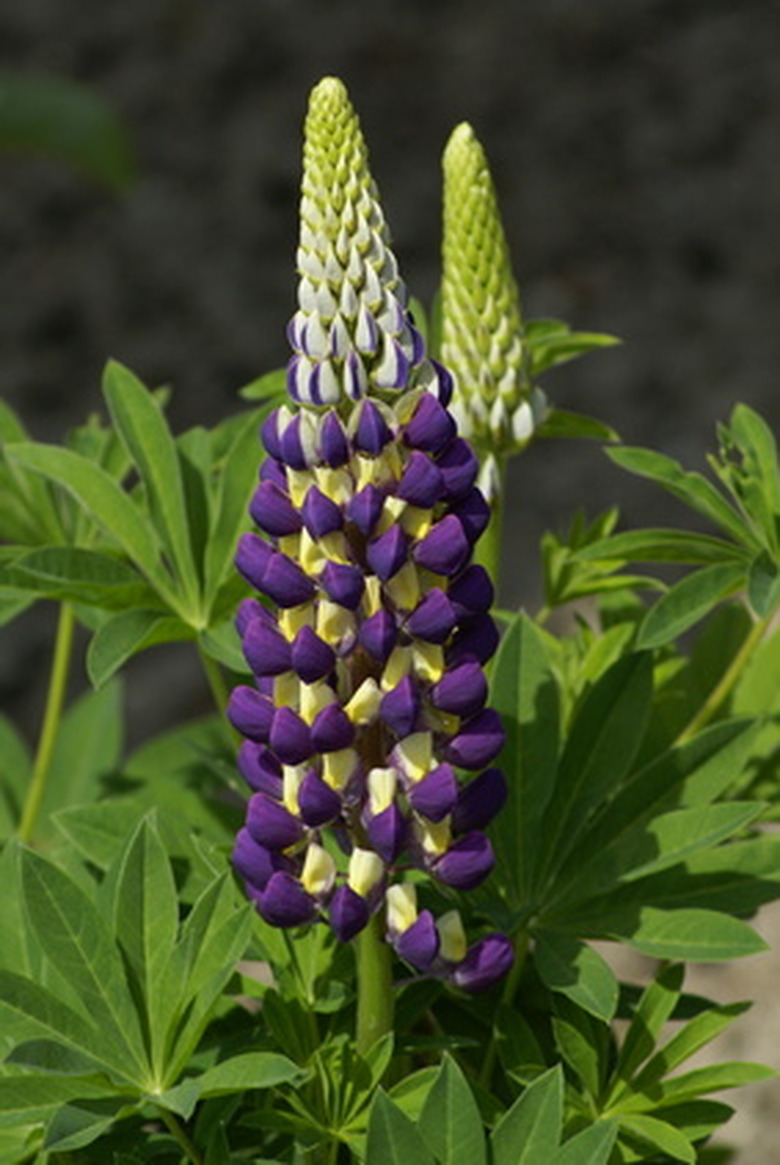How To Germinate Lupine Seeds
Things Needed
- Lupine seed pods
- Screen box
- Sandpaper
- Hot water
- Planting container
- Potting soil
Lupine, or lupin, seeds come in perennial and annual varieties and grow into 10- to 24-inch tall flowering plants. The vibrant flowers of the lupine come in many colors including purple, blue, pink and white and the blossoms grow in a distinct, horizontal position. Before enjoying the blooms that appear between June to August, take the necessary steps to ensure that your lupine seeds push past the soil and grow into plants (germinate).
Step 1
Watch for lupine seed pods to turn yellow or black and shake them slightly to determine if you hear a rattling sound. These are both indicators that the lupine pod is ready to pop and disperse seeds.
Step 2
Place the seed pods in a container, such as a screen box, where they can safely explode. Gather the seeds when they are ready.
- Lupine, or lupin, seeds come in perennial and annual varieties and grow into 10- to 24-inch tall flowering plants.
- These are both indicators that the lupine pod is ready to pop and disperse seeds.
Step 3
Rub the seeds with sandpaper to scar the surface. Lupine seeds have hard outer barriers that must be weakened so that they germinate.
Step 4
Drop the lupine seeds in a container of hot water and allow them to soak for three hours. After this, seeds that are ready to be planted sink to the bottom, swell up and display a pale brown or yellowish hue. Remove the seeds that float to the top and scratch them again with the sandpaper. Place them back in the water and remove them when they sink to the bottom.
Step 5
Sow the seeds 12 to 14 inches apart in planting containers. Lupine do best with potting soil that has a combination of fine and coarse particles. Cover the seeds with a shallow layer of soil.
- Rub the seeds with sandpaper to scar the surface.
Tip
Lupines do well in cool weather and prefer a full- to partial-sun location.
